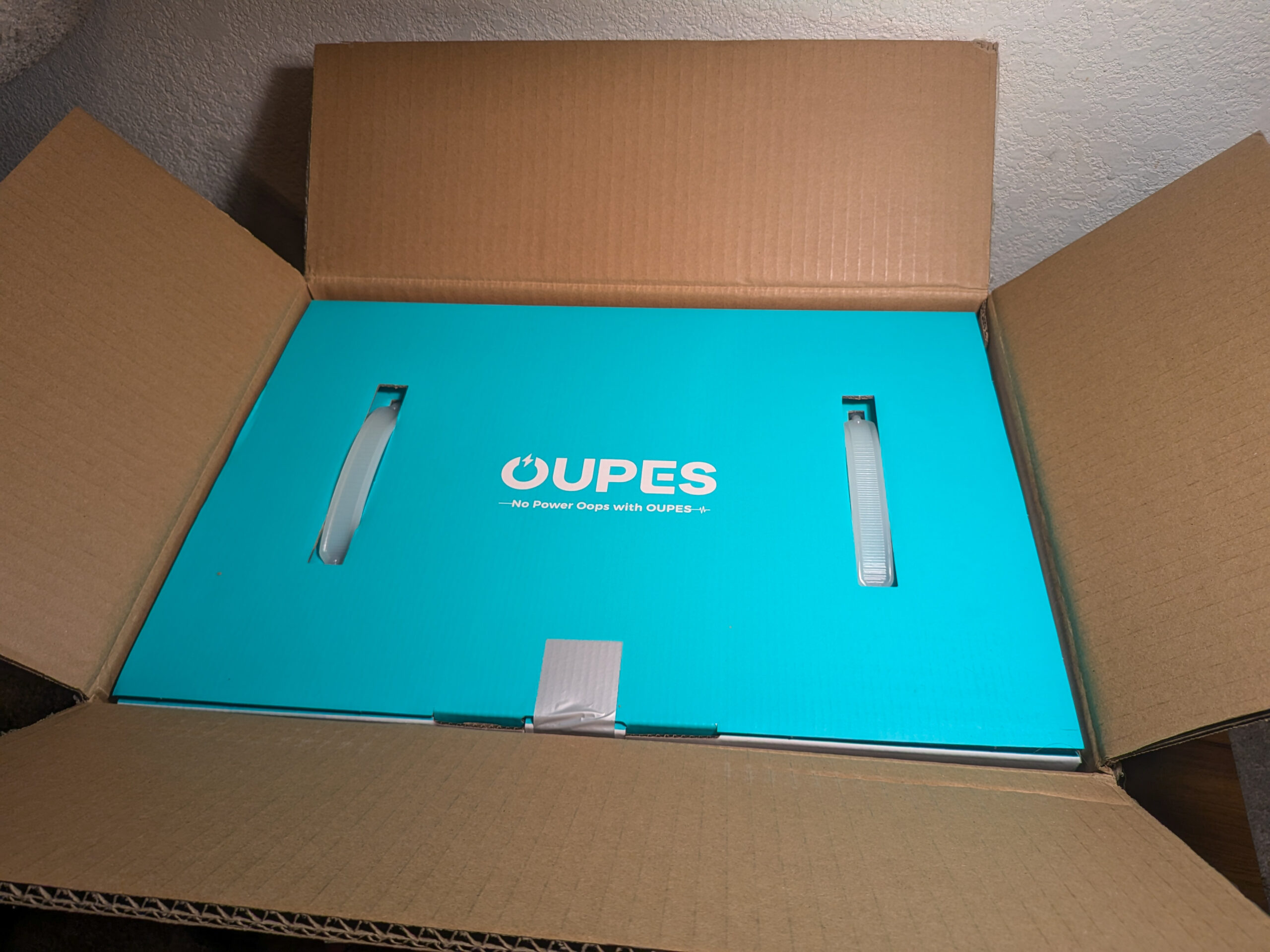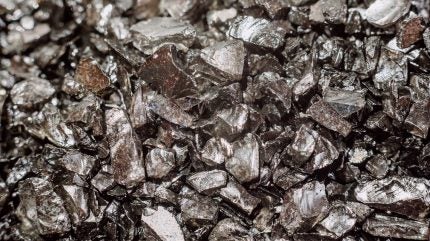Wabtec Corporation has acquired L&M Radiator, Inc, the leading manufacturer of heavy-duty equipment radiators and heat exchangers. L&M Radiator will join Wabtec as a part of its Components Group.
“We are excited to welcome L&M Radiator to Wabtec,” said Mike Fetsko, President of Wabtec’s Freight & Industrial Components business. “This transaction will further Wabtec’s presence in premium heat transfer solutions and will extend and complement Wabtec’s mining products portfolio. In addition, L&M’s technology further enhances Wabtec’s mission to develop clean energy solutions for operations in mining.”
Through this acquisition, Wabtec will expand its installed base and recurring revenue in mining, engine cooling, and heat transfer solutions. It also will accelerate long-term profitable growth across L&M’s innovative products both domestically and internationally, while driving value creation for customers and shareholders. L&M MESABI® heavy-duty equipment radiators and heat exchangers will create a comprehensive thermal management portfolio that extends and augments Wabtec’s capabilities. The range of solutions offered by L&M products will allow customers to realise efficiencies in maintenance costs, safety, and fleet availability.
“This deal is a recognition of L&M’s industry success for more than 65 years and positions our worldwide operations to continue to thrive,” said Dan Chisholm, President of L&M Radiator, Inc. “By joining Wabtec, we can build upon the strengths of our two companies to develop new cooling products for our customers while supporting consistent growth as an industry leader.”
Wabtec is acquiring L&M for $230 million in cash, financed through cash on hand and a revolving credit facility. Wabtec expects L&M to be immediately accretive to EPS excluding transaction costs, further enhanced with strong synergies to be realised over the next three years.
As well as being a market leader in radiator supply to diesel and diesel-electric mining trucks and other mining equipment, the Hibbing, Minnesota-based heat exchanger manufacturer has also proven itself instrumental to the implementation of new, green technology for the mining industry with its recent projects developing coolers for fuel cell-powered mining equipment.
L&M Radiator was called upon by Anglo American, to develop a first-of-its-kind radiator solution for the nuGen™ zero-emission haul truck, a Komatsu 930E which was converted from diesel to run entirely on hydrogen fuel cells and battery power by First Mode for testing at the Mogalakewna platinum mine in South Africa.
Tim Cass, L&M Radiator Applications Engineer for Truck and Underground: “For this initial 930E conversion, it was necessary to take the whole engine module out and replace it with fuel cells and batteries. Space constraints were definitely a challenge for our engineers. Designing the fans and motor mounts and getting the air flow to work in that limited space took some engineering ingenuity.”
“Another challenge was the very strict set of guidelines for limiting contamination, including materials that fuel cell manufacturers have in place,” added Josh Mitchell, an Applications Engineer with L&M Radiator. “That’s where the Mesabi All-Aluminum M-Tube came in.” L&M Radiator engineered an All-Aluminum M-tube cooler for fuel cell cooling compatibility with the existing coolant on the 930E as brass and copper were not viable options.
According to Chris Domogalla, an L&M Design and Applications Engineer, hydrogen fuel cells operate at a lower maximum temperature than diesel engines, and they have a narrower coolant operating range. When outside of that operating range, the output of the fuel cell stack decreases. In addition, approximately 40% of the energy produced by hydrogen fuel cells is heat, which must be removed. This posed a unique challenge for engineers at L&M Radiator. “The Research and Development department at L&M Radiator has developed a cooling management system to keep the power source – whether it’s a battery or a hydrogen fuel cell – operating at its most ideal temperature.”



